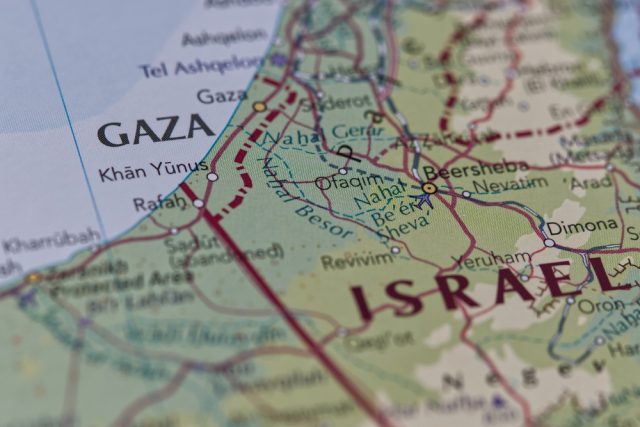
Israel’s recent move, ordering some 100,000 people to move to so-called ‘safe areas’ in the Palestinian enclave, has heightened tensions in the region. on Tuesday 7 May, the seizure by Israeli tanks of the Rafah border crossing, the only one so far not fully controlled by Israel, has raised international concern. UN Secretary-General António Guterres warned that an assault on Rafah would be ‘a strategic mistake, a political calamity and a humanitarian nightmare’. Despite this, Israeli defence minister Yoav Gallant justified the invasion of Rafah, claiming that Israel has ‘no other choice’. This escalation of tensions comes after Hamas rejected a proposed truce at the Cairo talks, intensifying uncertainty over the future of the Strip.
Once again, the shadows of war darken the horizon of the Middle East. Once again, the din of clashes resounds between Israelis and an Islamist group entrenched in the Palestinian territory, unleashing chaos in Gaza. Seven months have passed since the outbreak of this new conflict between Israel and Hamas, and its exceptional violence has captured global attention, plunging the world, already exhausted by the continuing war saga in Ukraine, into another confrontation of unpredictable consequences.
Since the fateful 7 October 2023, when Hamas fighters unleashed an unprecedented terrorist onslaught of thousands of rockets and ground attacks that left southern Israel devastated, the scene has been one of chaos and fury. More than 1,400 lives claimed, 242 Israeli and foreign civilians initially kidnapped, and uncertainty that seems to have no end in sight. The Israel Defence Forces (IDF) responded by declaring a state of war and launching military operations in Gaza, where the official death and injury toll reaches harrowing proportions.
The narrative of this conflict is entangled in a tangle of history, grief and despair. From Israel’s independence in 1948 and subsequent wars with neighbouring Arab countries, to the Palestinian refugee crisis known as the Nakba, the conflict has left a trail of suffering stretching over decades. The occupation of Palestinian territories after the 1967 war and failed peace attempts have generated endless cycles of violence and mistrust.
Gaza, at the epicentre of this endless war, has witnessed untold suffering. From Israel’s planned withdrawal in 2005 to the Hamas takeover in 2007, the Palestinian population has experienced a downward spiral into despair. Clashes between Hamas and Israel have periodically escalated, plunging the region into a state of constant conflict.
The current crisis between Israel and Hamas has been exacerbated by tensions over the Esplanade of the Mosques, a holy site for both Muslims and Jews. Clashes over control of East Jerusalem, considered by many to be occupied territory, have fanned the flames of discord. The struggle over the right to pray at al-Aqsa and disputes over Jerusalem’s status have fuelled the cycle of violence, further deepening divisions in an already fractured region.
Amid this bleak picture, an inevitable question arises: why does this conflict persist? The answers are as complex as the actors involved. The lack of significant progress towards a lasting political solution, entrenched mistrust between the parties and divergent political agendas have fuelled the spiral of violence and retaliation.
As negotiations continue in Cairo and the international community desperately seeks a way out of this crisis, it is imperative to remember the human cost of this conflict. Behind the cold statistics and sensationalist headlines, there are lives shattered, families displaced, and generations trapped in the endless cycle of war.
Ultimately, the search for peace in the Middle East requires courage, commitment, and a sincere recognition of the shared humanity of all involved. In the meantime, the world watches with a heavy heart, hoping that one day the light of reconciliation can dispel the shadows of war.



 Subscribe
Subscribe